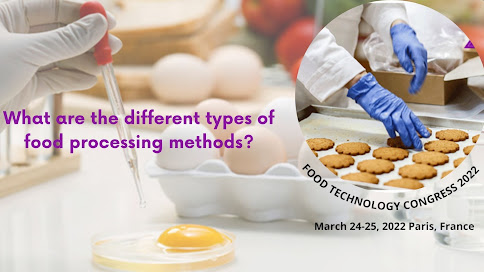What are some of the advantages of food technology?

Food Technology teaches students how to use technology to develop and process food materials so that they can become goods with high use and even better resale value. Food materials, on the other hand, will have a high nutritional value and be safe to eat. The application of food science to the selection, preservation, processing, packaging, distribution, and usage of safe food is known as food technology. Analytical chemistry, biotechnology , engineering, nutrition, quality control, and food safety management are all related fields. Food Technology is currently in the spotlight due to its growing popularity. It's because food technology has been shown to be a very valuable science, and Indonesia is a country with a lot of food resources. Food Technology teaches students how to use technology to develop and process food materials so that they can become goods with high use and even better resale value. Food materials , on the other hand, will have a high nutritional value and be sa...
